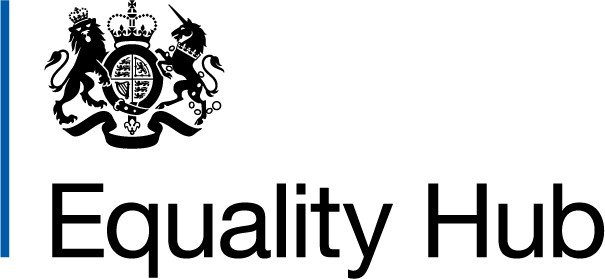Emma Codd is Managing Partner for Talent at Deloitte. In this guest blog post, Emma shares what Deloitte has learnt from publishing their gender pay gap data.

We believe that publishing our gender pay gap data has been a positive step in our focus on achieving gender balance in our firm. We published our gender pay gap data in July this year under the new government regulations, but have been regularly publishing our data since 2015.
We have long been clear that for our firm achieving gender balance requires a consistent focus on culture and meaningful targeted interventions designed to address specific ‘pain points’. We have also been clear that we need to be transparent, both in terms of our challenges and our plans to deal with these challenges. Transparency around our gender pay gap is thus a critical part of our approach and we have been a vocal supporter of the regulations and the benefits of publishing.
Below we set out some of the lessons we have learned during the process of publishing our gender pay gap; while each organisation is different, and will have its own challenges when it comes to achieving gender parity, we hope that companies can learn from our experience and get the most out of their own report.
Examine your data
The picture the data provides is critical – while you need to make sure you have the right processes in place to confirm the data’s accuracy, it is also equally important to analyse the data to really understand what the figures say about your organisation. Our data overwhelmingly confirmed that Deloitte’s gender pay and bonus gaps are due to the disproportionate number of men in senior positions; however, it also told us some things we had not previously realised, in particular that more of our women than men avail themselves of some of our salary sacrifice benefits (in particular purchasing extra holiday). In preparing our report, we wanted to share not only the data that we were required to but also other data that we believe helped added valuable context.
Gender pay gap reporting is also an opportunity to talk about what your organisation has done to improve gender diversity. At Deloitte we have been working hard on our culture and on targeted interventions to address gender diversity at every level of our organisation – so, when we reported our gender pay gap we used it as an opportunity to set out those things that the firm is doing to ensure that we provide an inclusive and respectful working environment in which flexible working is embraced.
We also set out some of the targeted interventions that we have been working on (designed to eradicate certain ‘pain points’), such as: a programme specifically designed to develop and retain high potential female managers, refinements to our recruitment processes, the introduction of an industry-first Return to Work programme (open to all, but aimed at helping senior women return to work after a career break of two years or more); and a Working Parents Transitions Programme designed to ensure a smooth transition to and from parental and adoption leave. These are all making a difference to our gender balance and thus all formed a key part of our wider narrative.
Telling the story – how and when
While telling the story is important, we also believed that it was vital to tell it in a way that is clear and engaging for our existing employees, potential recruits and broader stakeholders. For our voluntary narrative we therefore created a colourful and engaging report, with links to existing infographics, films and case studies – all of these aimed to bring our report to life. It is critical that your people, clients and other stakeholders understand the story you are telling, so ensure that you convey it in the way that best does this – this may be through external or internal communications specialists. Think carefully about the channels, including making best use of your digital and social media.
The timing is also critical - try to publish your data at a time when people can focus on this important issue in a positive way; it is a sensitive topic and your HR team needs to have the bandwidth to be fully engaged, both before and after reporting. We also ensured that the timing of our report worked for our organisation as a whole – we wanted to be an early reporter, but equally we knew that we needed to align with other reporting deadlines across our firm.
Time and coordination
Under the new legislation all companies report the same data, enabling current and potential employees – as well as other stakeholders – to gain a more meaningful insight into companies’ gender pay parity. Do not underestimate the time it will take to prepare your gender pay gap report - you need to allow enough time for your organisation’s reward and management information teams to pull together the relevant data (which may not always be held on a single system), to work out who does and does not count as a relevant employee, and for your communications teams to agree your key internal and external messages – remember that different stakeholder groups will be interested in different aspects of why your gender pay gap exists and what you are doing to address these aspects. We appointed our own assurance team to undertake a full assurance of our gender pay gap data and calculations, all of which took time but gave us comfort that our figures are accurate.
Importantly, we had one person coordinating the whole report development and announcement planning process, working with the various teams across Deloitte. Having a single point person helps ensure consistency and accuracy.
Making the most of it
Here at Deloitte we know we still have a long way to go. We also know that reporting our gender pay gap and being clear on what caused it has played a key part in the progress we have started to make on achieving gender balance. While the required journey for each company will be different, reporting the gender pay gap will play a part in finally eradicating it.
Publishing your gender pay gap data can help to focus minds on the issue. It may prompt your HR department to think about different approaches or it could be the trigger that will spark some real debate at the remuneration committee or board table. Either way, gender pay gap reporting presents an opportunity for organisations to differentiate themselves. Make the most of it.

Recent Comments